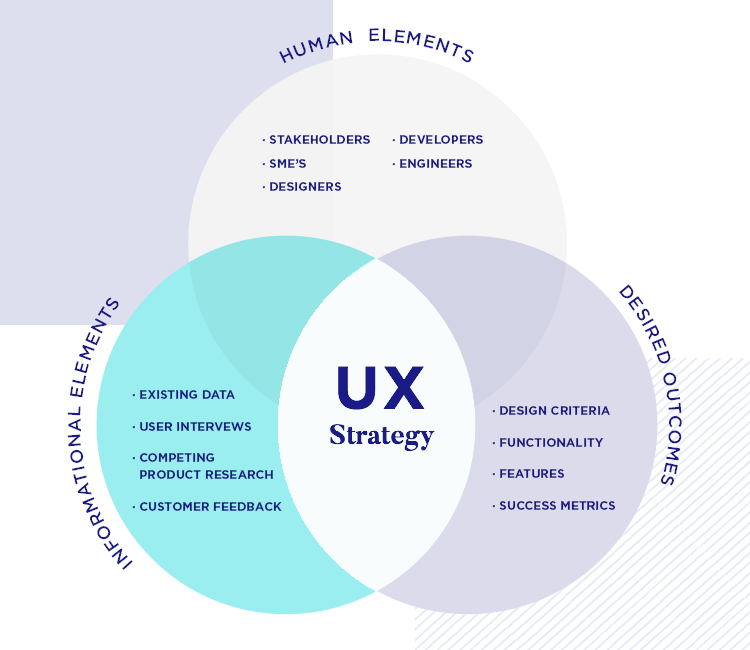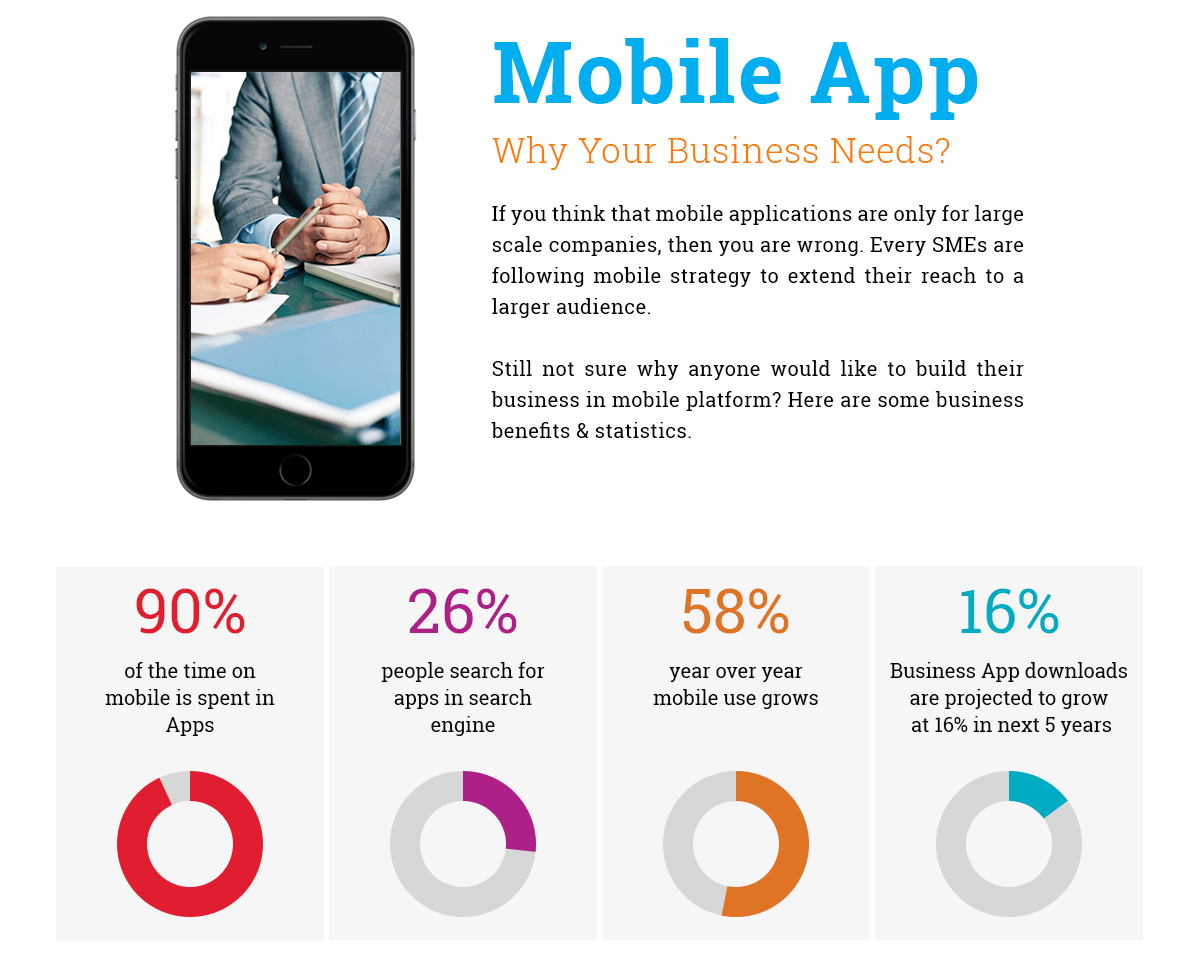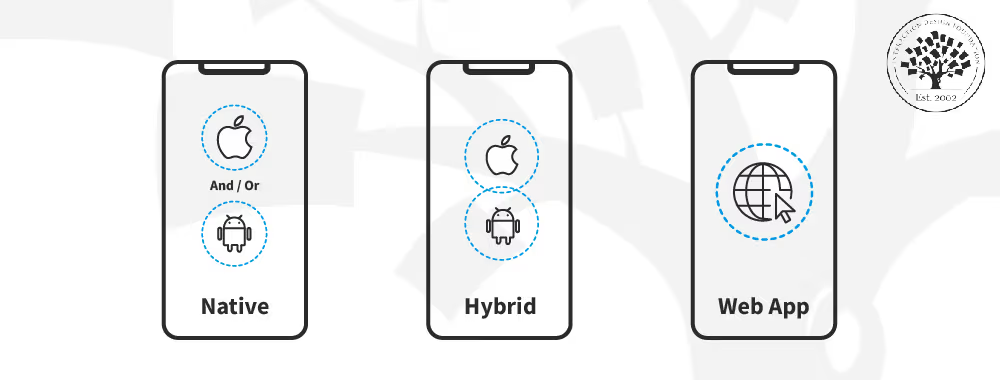The education sector has undergone a remarkable transformation in recent years, thanks in large part to technological advancements. From interactive classrooms to personalized learning, educational technology (EdTech) is no longer a niche market but an integral part of the learning experience. As we look ahead to 2025, it’s clear that the way we approach education will continue to evolve with new trends in technology.
This article dives into the current trends in educational technology, providing a comprehensive overview of the tools and practices that are changing how we learn. We’ll also share insights from experts, answer frequently asked questions, and discuss the potential drawbacks of each trend.
What is Educational Technology (EdTech)?
Educational technology refers to the use of technology to facilitate learning and improve educational outcomes. It encompasses a wide range of tools, including software, hardware, and online platforms, designed to enhance teaching and learning experiences. From virtual classrooms to AI-driven tutoring systems, EdTech aims to improve the accessibility, engagement, and efficiency of education.
What Are the Top Current Trends in Educational Technology?
As the educational sector adapts to new challenges, several key trends are emerging. Below are some of the most impactful EdTech trends in 2025 that are transforming how educators and students interact with technology.
1. AI and Machine Learning in Education
Artificial Intelligence (AI) and machine learning are making waves across industries, and education is no exception. These technologies can help personalize learning, automate administrative tasks, and provide valuable insights into student performance.
Key Benefits
- Personalized Learning: AI can tailor lessons to individual students based on their strengths, weaknesses, and learning styles.
- Automated Grading: Teachers can save time with AI-driven grading systems that can assess essays, quizzes, and assignments quickly.
- Smart Content: AI can help create smart textbooks and other learning materials that adapt to the student’s pace and progress.
Potential Drawbacks
- Data Privacy Concerns: Collecting and analyzing student data raises privacy issues.
- Over-reliance on Technology: Over-reliance on AI could limit human interaction and make education too impersonal.
Example: Platforms like Squirrel AI use machine learning to offer adaptive learning experiences, helping students improve in areas where they need the most support.
2. Virtual and Augmented Reality (VR & AR)
Virtual Reality (VR) and Augmented Reality (AR) are taking education beyond traditional textbooks. These immersive technologies allow students to experience interactive lessons and explore environments in ways that were previously impossible.
Key Benefits
- Immersive Learning: VR and AR provide an interactive environment where students can engage in simulations, virtual field trips, and real-world applications of their studies.
- Increased Engagement: These technologies make learning more fun and engaging, which can help maintain students’ attention and improve retention.
- Practical Experience: Students can practice real-world scenarios in a safe, controlled environment, particularly useful in fields like medicine, engineering, and science.
Potential Drawbacks
- Cost: High-quality VR and AR equipment can be expensive, making it difficult for schools with limited budgets to adopt.
- Health Concerns: Prolonged use of VR headsets may cause discomfort or eye strain.
Example: ClassVR is a popular platform that offers VR headsets and content designed for classrooms, enabling students to explore everything from historical events to space exploration.
3. Gamification and Game-Based Learning
Gamification in education involves integrating game elements into the learning process to motivate students. It’s a growing trend that aims to make learning more engaging, interactive, and fun by incorporating challenges, rewards, and competition.
Key Benefits
- Motivation: By using game mechanics, students are encouraged to complete tasks and progress through lessons.
- Improved Retention: Game-based learning reinforces concepts through repetition and active involvement, leading to better retention.
- Skill Development: Games help students develop critical thinking, problem-solving, and teamwork skills.
Potential Drawbacks
- Distraction: Some students may become more focused on winning or scoring points than on learning the material.
- Access Issues: Not all students have access to the required gaming technology, potentially creating inequality.
Example: Kahoot! and Classcraft are widely used platforms that incorporate gamification into classrooms. Teachers can create quizzes, competitions, and interactive challenges to reinforce learning.
4. Cloud-Based Learning Platforms
Cloud computing is transforming the way educational content is delivered. Cloud-based learning platforms provide access to resources, collaborative tools, and learning materials from anywhere with an internet connection. This is especially crucial in today’s remote and hybrid learning environments.
Key Benefits
- Accessibility: Students can access materials anytime, anywhere, on any device, making learning more flexible.
- Collaboration: Cloud platforms allow for seamless collaboration between students, teachers, and even external experts.
- Cost-Effective: Cloud solutions often require lower upfront costs compared to traditional on-premise systems.
Potential Drawbacks
- Internet Dependence: Cloud-based learning is dependent on a reliable internet connection, which can be a barrier for students in areas with limited connectivity.
- Data Security: Storing sensitive student data in the cloud raises concerns about security and privacy.
Example: Platforms like Google Classroom and Microsoft Teams for Education are used by many schools to provide cloud-based solutions for learning and collaboration.
5. EdTech for Special Needs
EdTech is also playing a significant role in helping students with disabilities. From assistive technology to personalized learning tools, EdTech has the potential to create more inclusive educational experiences for students with diverse needs.
Key Benefits
- Personalized Support: Tools like speech-to-text, visual aids, and customized learning materials help cater to the individual needs of students with disabilities.
- Enhanced Accessibility: Technologies like screen readers, subtitles, and sign language recognition make learning more accessible to a wider range of students.
- Improved Learning Outcomes: With the right tools, students with special needs can have a more effective and engaging learning experience.
Potential Drawbacks
- Implementation Challenges: It can be difficult for schools to provide specialized training for teachers or purchase the necessary resources.
- Cost: Assistive technologies can be expensive, particularly for underfunded schools.
Example: Ghotit Real Writer is a tool designed to help students with dyslexia by providing spelling and grammar assistance in real-time.
Tamer Badr’s Perspective on EdTech
Tamer Badr, owner of Singleclic, a company specializing in ERP and educational technologies, shared his insights on the current trends in EdTech:
“EdTech is evolving rapidly, and it’s exciting to see how tools like AI, VR, and gamification are making learning more personalized and engaging. However, one of the challenges we see is the accessibility gap. While these technologies offer amazing potential, there’s a risk of creating disparities, especially in regions or schools with limited resources. It’s essential for the industry to address these gaps to ensure that all students can benefit from the advancements in educational technology.”
FAQs About Current Trends in Educational Technology
Q1: What is the role of AI in education?
AI helps personalize learning experiences, automate grading, and assist teachers in tracking student performance. It allows for tailored educational content based on individual learning needs.
Q2: How can VR and AR improve learning?
These immersive technologies allow students to interact with and experience content in new ways, providing hands-on learning in subjects like science, history, and engineering.
Q3: Are gamification and game-based learning effective?
Yes, studies show that gamification increases student engagement, motivation, and retention of information by incorporating rewards, challenges, and friendly competition into the learning process.
Q4: How does cloud-based learning work?
Cloud-based learning platforms allow students and teachers to access educational resources and collaborate remotely. These platforms are hosted online, eliminating the need for physical infrastructure.
Reviews and Testimonials from Users
“Using AI-driven tools like Squirrel AI has completely transformed how we approach student assessments. We can now focus on giving personalized feedback that truly helps students improve.” – Emily Jones, Teacher
“We adopted VR in our science classes, and the students are more engaged than ever. They can now explore the human body, visit outer space, and experience historical events in ways that were never possible before.” – Michael Brown, Science Department Head
Conclusion
Educational technology has become a cornerstone of modern learning, bringing new opportunities for students, teachers, and educational institutions. From personalized learning with AI to immersive experiences with VR and AR, these current trends are changing the way education is delivered and experienced.
However, as with any technological advancement, there are challenges to overcome, such as cost, accessibility, and privacy concerns. By addressing these issues, the EdTech industry can ensure that all students, regardless of their background, can benefit from the latest innovations.
As Tamer Badr aptly points out, the key to successfully implementing EdTech lies in finding a balance between innovation and accessibility. As we move forward, it’s clear that the future of education is bright and full of potential, and these current trends are just the beginning.







